ACMA’s first Aerospace & Defence Summit stresses the need to review policy, develop infrastructure and promote collaboration
With an objective to build local manufacturing capabilities and develop the Aerospace & Defence supply ecosystem in the country, the Automotive Component Manufacturers Association of India (ACMA) organised the first Aerospace and Defence Summit to understand and address the Opportunities & Challenges in the sectors.
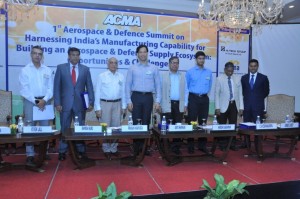 India is expected to emerge as the world’s third largest aviation market by 2020 and perhaps the largest by 2030. There is also a significant push from the Government of India on the Aerospace majors to establish their R&D, manufacturing, maintenance, warehousing and training facilities in India. Due to multiple economic and geopolitical reasons the Global Aerospace and Defence industry is witnessing a gradual shift to Asian economies. Additionally, with the recent announcement of the Union Budget, the Government of India has taken a pragmatic approach by allowing 49% FDI in Defence sector. This would present immense opportunities for the components industry to contribute towards a nascent yet promising sector through local manufacturing.
India is expected to emerge as the world’s third largest aviation market by 2020 and perhaps the largest by 2030. There is also a significant push from the Government of India on the Aerospace majors to establish their R&D, manufacturing, maintenance, warehousing and training facilities in India. Due to multiple economic and geopolitical reasons the Global Aerospace and Defence industry is witnessing a gradual shift to Asian economies. Additionally, with the recent announcement of the Union Budget, the Government of India has taken a pragmatic approach by allowing 49% FDI in Defence sector. This would present immense opportunities for the components industry to contribute towards a nascent yet promising sector through local manufacturing.
The Guest of Honour, C K Vishwakarma, Executive Director, Hindustan Aeronautics Ltd. (HAL) commented, “the Indian auto component industry is now keen to diversify into Aerospace, Defence and railways”, He stressed on the challenges with respect to the Aerospace component manufacturing which needs to be addressed such as setting up a strict quality control system, machining of aluminium alloy, high strength steel, super alloy etc. “Since the time of its inception the component industry has matured manifolds in terms of technology, skill building and capability and hence they should directly approach the Indian Defence Industry for business”, he further added.
Ajay Shankar, Member Secretary, National Manufacturing Competitiveness Council (NMCC) and the Chief Guest for the occasion, said that “today we have a window of opportunity for the automotive component manufacturers who are looking to get into the Aerospace and Defence. Understanding the capabilities of the automotive component manufacturers it would be just a transitional shift for them who are equipped to undertake the Aerospace and Defence sector’s requirements”.
President ACMA, Harish Lakshman, while addressing said “This is for the first time ACMA has organised a summit focusing on the Aerospace and Defence sector. We are happy at the overwhelming response that we have received towards this initiative. With more than 100 participants and the number of speakers representing the OEMs, it is indicative of the fact that there exists a significant opportunity for the component manufacturers to diversify and cater to the requirements of the Defence and Aerospace industry.”
“We as an industry are keenly following the developments of this sector and see potential opportunities for partnering. With the latest provisions such as raising the cap on FDI in Defence, we feel that the stage to harness opportunities in the Aerospace and Defence space is being set. ACMA believes that in the next 10 years the country is going to see an explosive growth in this sector and clearly indigenous manufacturing is going to benefit from it” Mr. Lakshman added.
Dr. Vivek Lall, President-Chairman’s office, Reliance Industries Ltd. spoke about 6 areas which are important for the automotive component manufacturers such as quality assurance, cross learning from Aerospace and vice-versa, adjustments to low volumes, skill base required in Aerospace, introspection of raw material supply in India and investment and incubation timelines, especially since Aerospace is a high investment sector. With respect to India he mentioned three key areas which can be worked upon to push automotive to Aerospace. First there is Additive Manufacturing (AM) which will be the future in next 10 years, second is the composites or structural fibres, these being the sunrise sectors which India can work upon; and the last being plastic electronics i.e flexible, bendable and stretchable electronics.
The automotive sector has emerged as a torch bearer for showcasing India’s strength in the manufacturing and engineering domain globally. The country has gradually been able to successfully build a thriving ecosystem of automotive OEMs and component suppliers who are recognized worldwide for their quality and cost effective product offerings. These factors have enhanced the importance of India in the eyes of global Aerospace and Defence manufacturing companies. The global primes are looking towards increasing their manufacturing and sourcing base from this region as a part of their realigned global strategy.
Highlighting the future in the Indian Aerospace sector, Pranav Kapuria, Chairman, Aerospace Defence and Railways (ADR) Committee ACMA said, “As per market estimates, between 2012 – 2032 more than 30% of the global commercial aircraft orders will be by airline operators from Asia Pacific countries. India is expected to emerge as the world’s third largest aviation market by 2020 and perhaps the largest by 2030. There is a significant push from the Government of India on the Aerospace majors to establish their R&D, manufacturing, maintenance, warehousing and training facilities in India”.
Moreover, “while on one hand western economies are witnessing a gradual decrease in military spending, on the other emerging economies such as China, India, Brazil and Middle East regions are witnessing an increase in their Defence spending due to volatile security environment” added Kapuria.
The deliberations at the conference led to the following recommendations to arrive at a global competitive position and to harness local manufacturing for Aerospace and Defence:
Action required:
-
Policy:
-
The government should define a comprehensive road map for the Aerospace and Defence sector, in absence of which the Indian Defence manufacturing sector is not able to cater to India’s current requirements and is thus forced to look outside to meet the requirements
-
Immediate steps need to be taken to create a focused action plan for upgrading the skillsets in the MSMEs
-
The existing version of Defence production policy is very generic and does not lay down a clear roadmap on how private sector participation will be harnessed to build India’s indigenous capability. The policy document needs to be revised with more specific action points such as the Technology Perspective & Capability Roadmap (TPCR) document which could be made more specific to help the industry plan their long term investments in the sector effectively. This would also help in aligning the R&D initiatives of the OEMs towards the actual need of the Defence forces and will provide clarity to the component manufacturers in planning their capacity and capability
-
Domestic production of Aerospace and Defence equipment should be accorded the status of ‘Deemed exports’. All applicable taxes (Customs, Excise, VAT, Service Tax, R&D Cess, Octroi etc.) and Corporate Tax on production of Defence products should be zero-rated for a period of ten years. Exports should be facilitated with monetary incentives and faster clearances. This should not be misinterpreted as a ‘tax loss’ since there’s hardly any major Aerospace manufacturing or MRO activity in India. The creation of jobs, saving of foreign exchange and the tax on consumption expenditure by employees would be several multiples of the notional ‘tax loss’
-
Although the policy allows export of Defence equipment after approvals and scrutiny, red-tape, lack of defined processes, delays, uncertainties and practical hurdles prevents India to be considered as preferred export hub by global players. Hence, the current processes need to be reviewed
-
Infrastructure
-
There is a need for the Government work with the Aerospace OEMs and Tier 1s to set up vocational training centres and Aerospace manufacturing Centres of Excellence (CoEs) across key locations to impart the niche technical skills required for Aerospace manufacturing
-
Unlike China or South Korea, Indian companies are not able to leverage their international acquisitions to develop an indigenous Defence industry. The role of Defence offsets as a means of developing a Defence industrial base (DIB) in India has failed. This is because the offsets are limited to providing components that the Indian partner is anyways good at. The offset order quantity is limited to the orders placed on the global prime by the MoD. Unless the government facilitates entry of Indian players in the global supply chain of the global primes, expanding the DIB will remain a pipedream. The Government should therefore work with the industry to identify key technologies for which India can become a global production hub and then tailor policies and procedures to support that
-
While India cannot become a world leader in every part of the Aerospace and Defence industry, over the next 10-15 years it can however become one of the top players if it focuses on the nuclear and space research program
-
Lastly, India should adopt a cluster-based approach, with each Aerospace cluster focusing on particular sub system or technology area. This will help in creating a focused ecosystem and capability building across 3-4 regions spread around the country
-
Global collaboration
-
The DRDO could explore technical collaboration with private industries, universities, government laboratories and talented individuals to help churn out cutting edge technologies
-
Strategic technical collaborations/JVs should be encouraged between DPSUs and the Indian private sector to promote indigenous manufacturing. E.g. Samtel’s joint venture with HAL is a prime example of how DPSUs can successfully partner with private sector to leverage on the strengths of both the companies to support indigenous production.
-
By facilitating FDI, partnerships or technical JVs with global OEMs and Tier 1 suppliers that are looking towards increasing their sourcing from India, Indian companies can increase capability, financial muscle and the know-how to position themselves as global Aerospace players




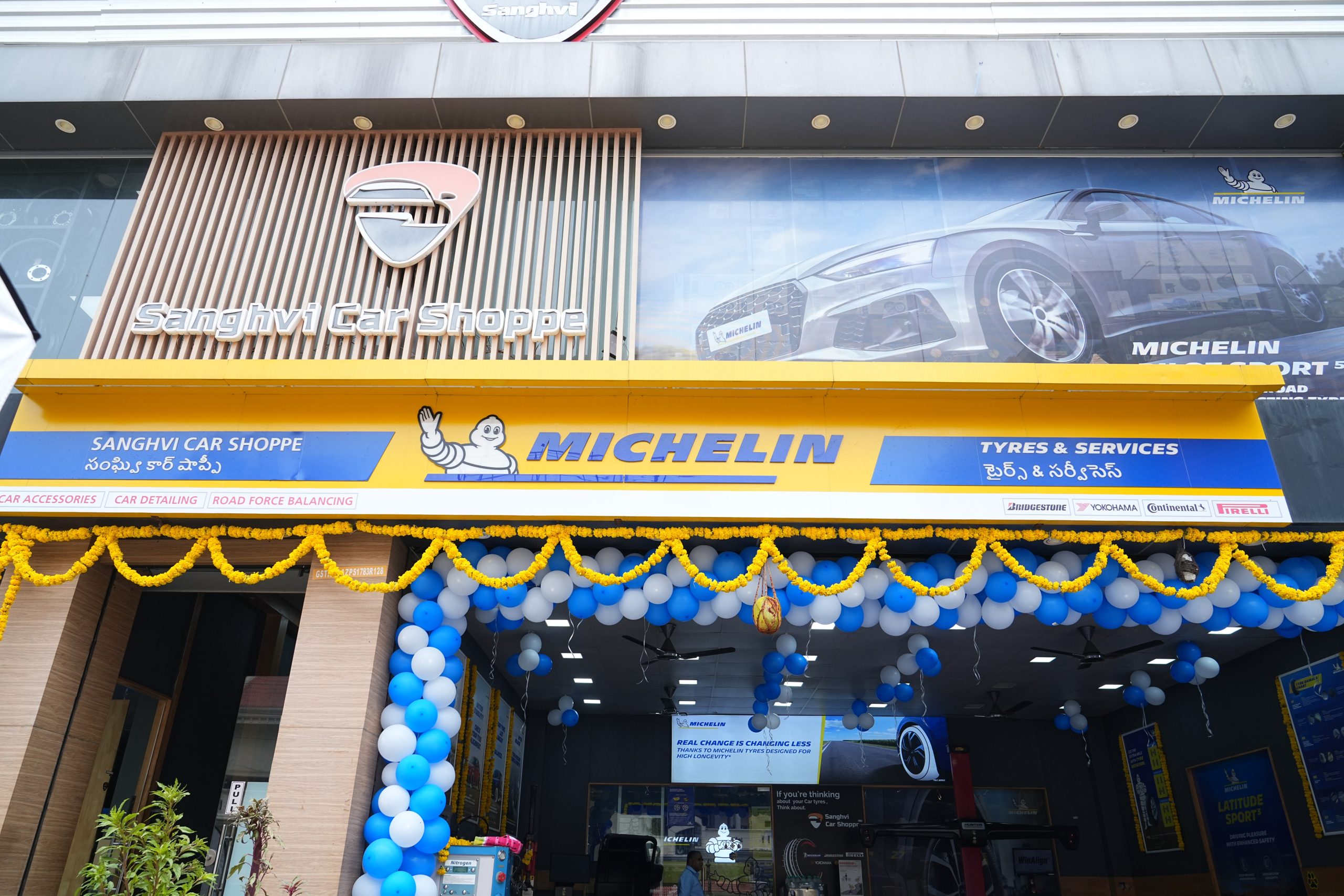
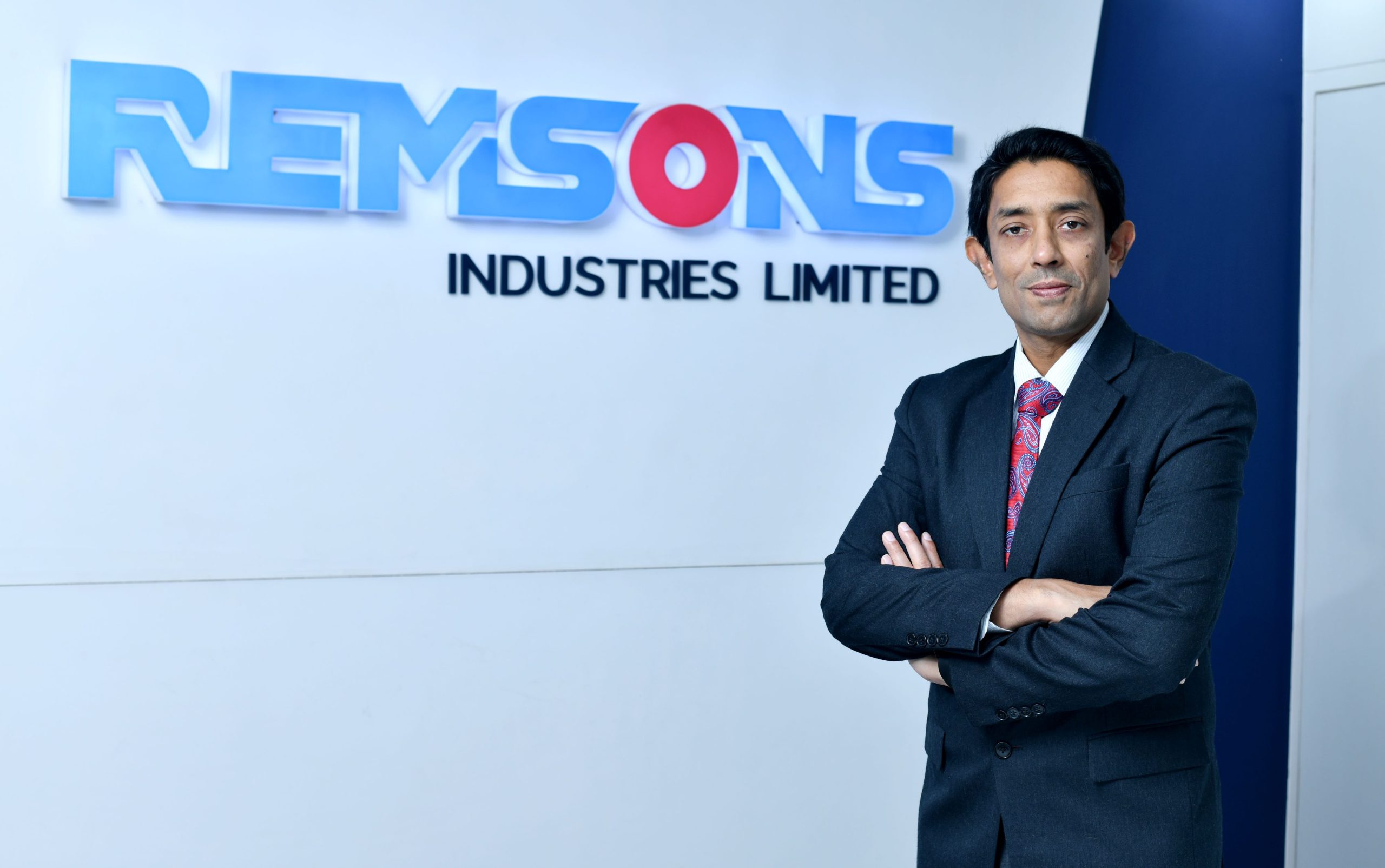
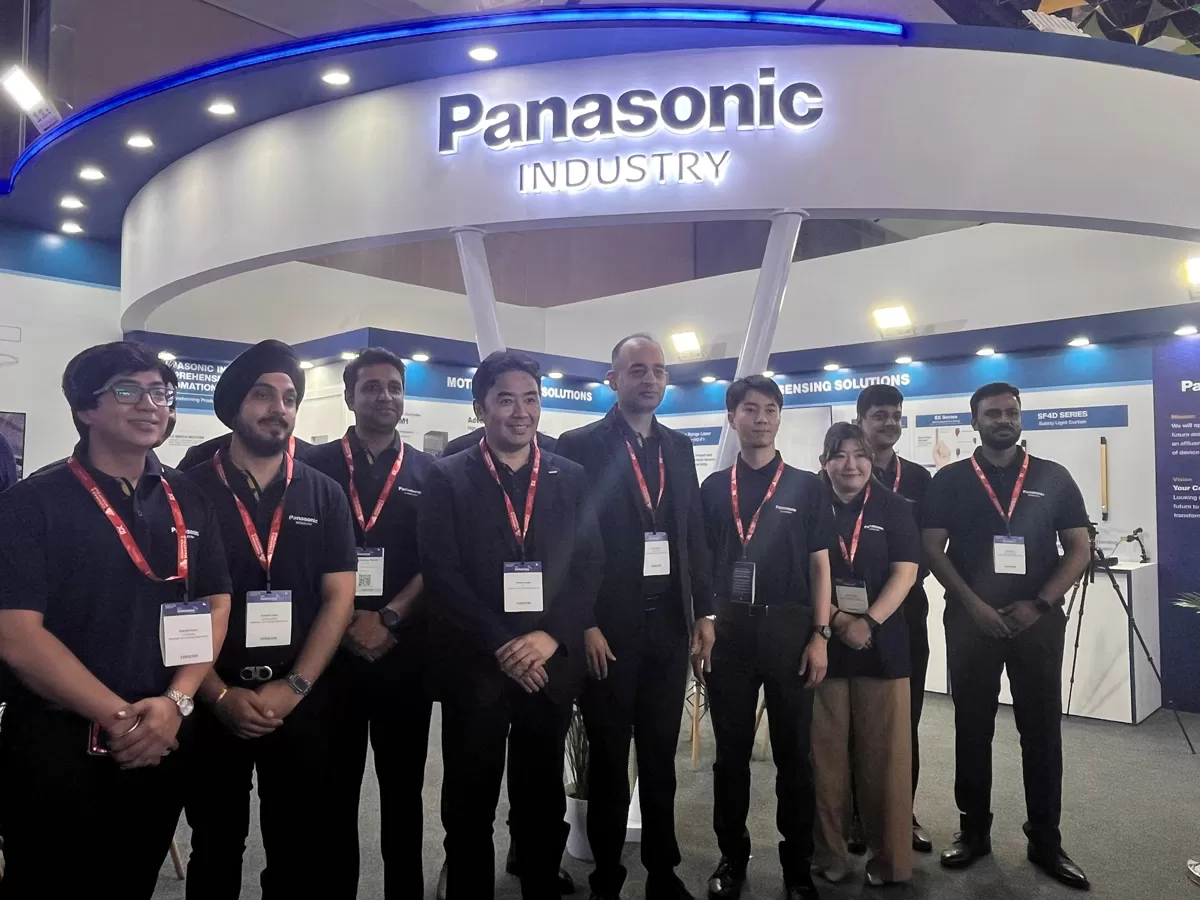


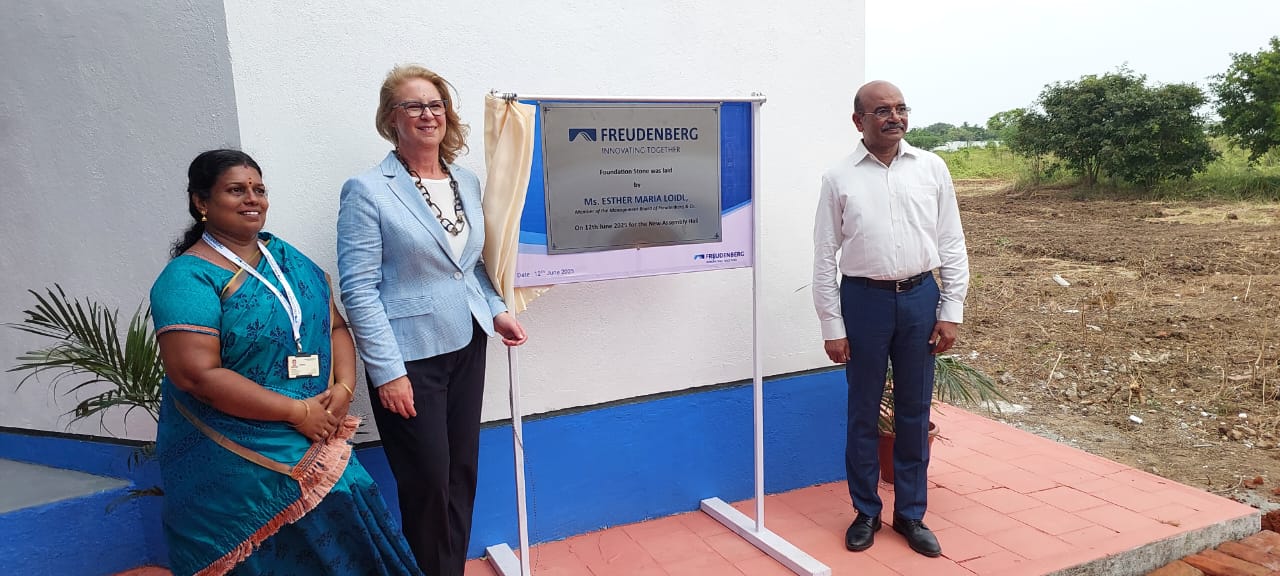

Leave a Reply